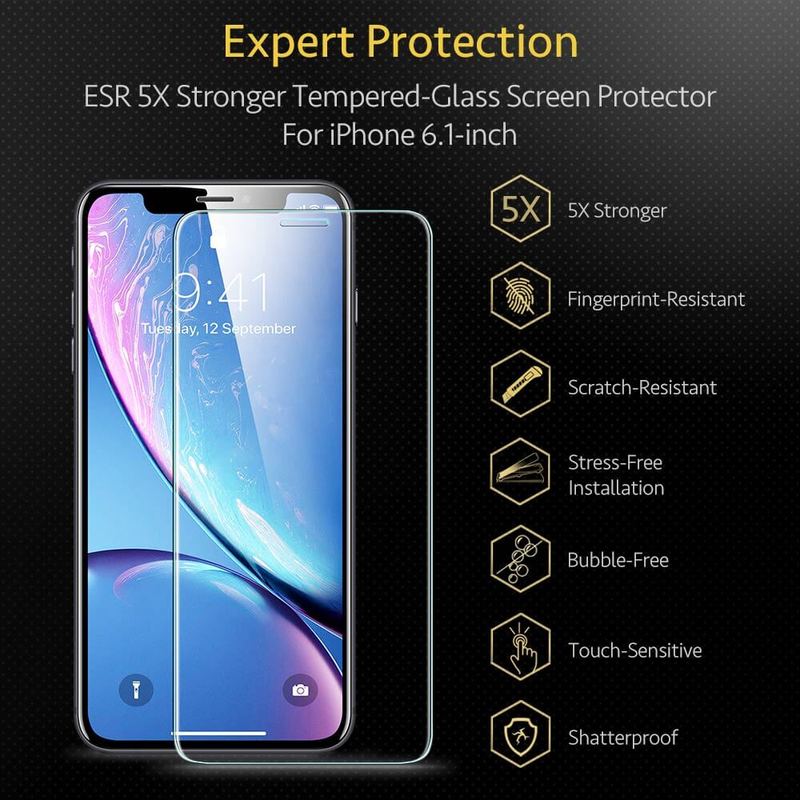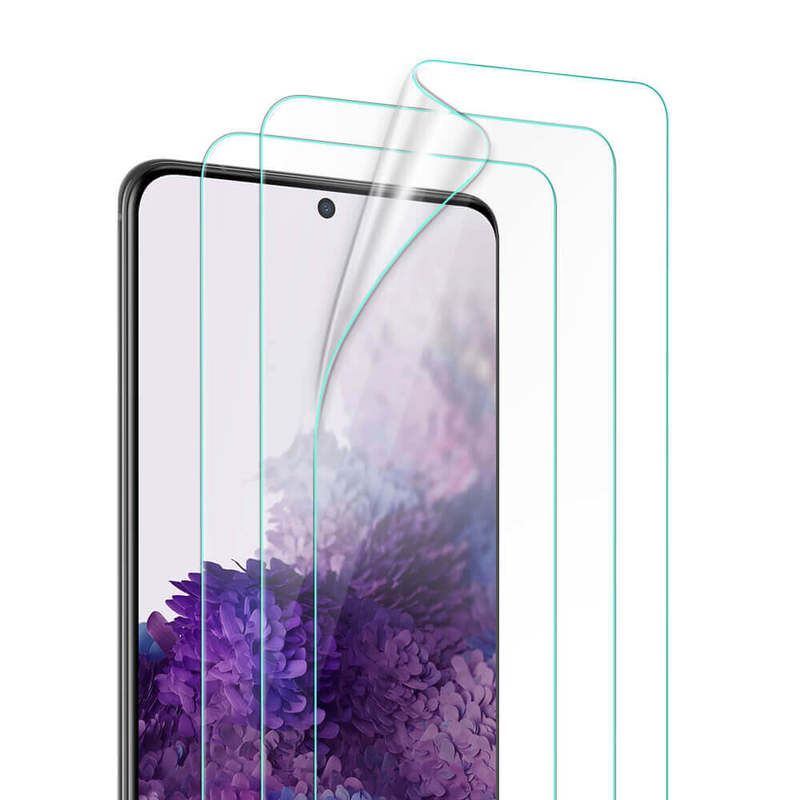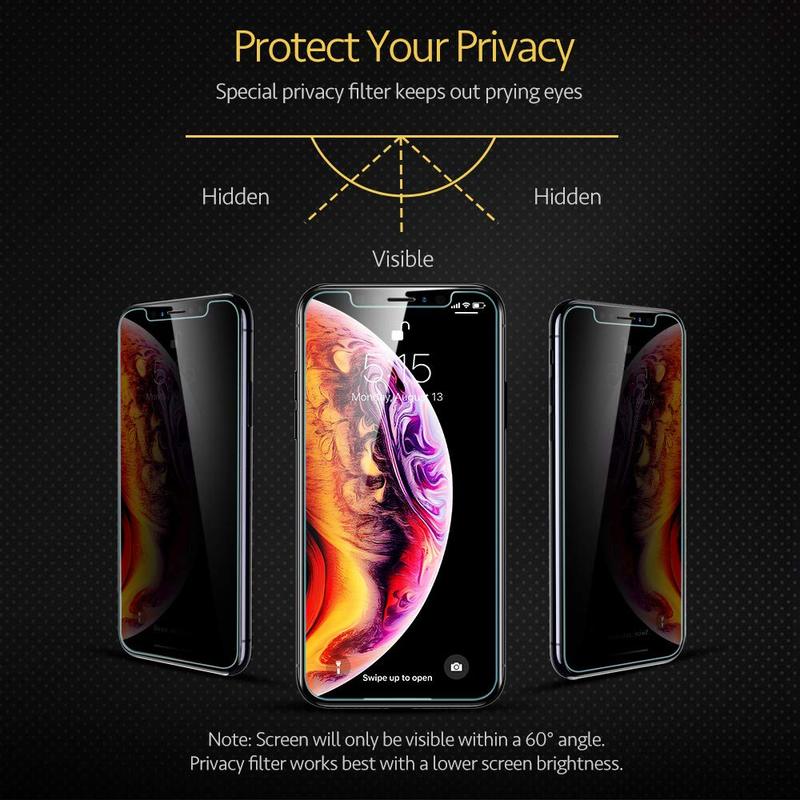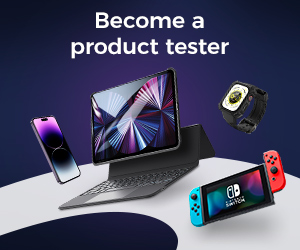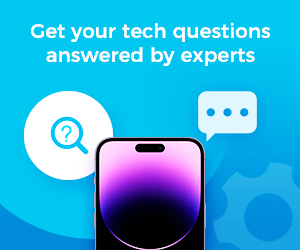Is it really necessary covering up your mobile phone with a screen protector? You’d probably be thinking of the effect it will have on the display, right? Not a bad thought, but have you considered the effects scratches will have on the resale value? There are some really good reasons why you should consider a screen protector.
Yes, you’ve accepted to put a screen protector on your mobile phone. There’s still that problem of ‘which screen protector is best for your mobile phone?’
We take you through some of the reasons and highlight the different types of screen protectors.
Do I Really Need a Screen Protector?
Flagship mobile phones, from the Samsung Galaxy series to iPhone series, now come with glass screens that are more scratch-resistant than their predecessors.
Chemically strengthened glass has become a standard used by most manufacturers. Corning Gorilla Glass, which is one of the more popular brands, is resistant to objects such as keys, sand, metal, or some lose change in your pockets. A huge advancement in mobile tech, you must agree. However, contrary to general belief, it can still be scratched. Obviously, contact with any object harder than your screen should result in a scratch.
Your mobile phone still needs that care from you, but it will be a lot easier if you put a screen protector on it.
The Different Types of Screen Protectors
You will be amazed at the results when you enter “screen protector” in your search engine. The huge demand and appeal has led to a variety of brands, type, and price points in the market. Choosing the right screen protector can be a bit confusing, but break no sweat, we’ve got you covered. Screen protectors have been categorized into different types, making it easier for you to make a choice.
- Tempered Glass Screen Protector:
As the name implies, these are made out of tempered glass. Tempered glass rarely shatters on impact. In extreme cases, it shatters in a way that prevents particles of glass from spreading and causing harm.
Tempered glass is thicker and stronger than the regular plastic screen protector. It is highly resistant to scratches and other common damages usually caused by keys and some other objects in your pocket or bag.
A typical example is the iPhone 11/XR Tempered Glass Screen Protector. Below are some of its features:
- Bubble-Free Installation Kit: your tempered glass screen protector comes with a cleaning cloth, dust removal sticker and wet wipe. This ensures a bubble and dust free user experience.
- 5X stronger: your tempered glass screen protector can withstand as much as 22lbs of force, it can go 5 times of tempered time and still protect your phone screen from damage.
- Face ID Compatible: No need to worry, your screen protector does not interfere with the Face ID feature in your phone. It’s precisely made for iPhone 11/XR.
- Liquid Skin Screen Protector:
This is made of polyurethane plastic material and is categorized as Thermoplastic polyurethane (TPU). TPU has a range of qualities which includes, transparency, elasticity, resistance to abrasion, grease and oil. Liquid skin protectors are flexible. In most cases they can go edge-to-edge on any mobile phone. It offers great impact protection and heals minor scratches on your mobile phone.
A typical example of a liquid skin screen protector is the Galaxy S20 Ultra Liquid Skin Full-Coverage Screen Protector. Some of its features are listed below:
- Max Coverage: the flexible TPU follows to the curved edges of your phone’s screen ensuring a perfect fit. It provides end-to-end protection for your Samsung Galaxy S20.
- Innovative liquid skin: minor scratches are self-healed over time
- High touch sensitivity: offers a smooth feel and is very responsive to touch.
- Tempered Glass Privacy Screen Protector:
These are made of high performance crystal clear thermoplastics known as Polyethylene Terephthalate (PET) or tempered glass. It’s a screen protector with a dual purpose. It protects your mobiles phone’s screen from scratch and also protects your screen display from prying eyes. This additional feature limits the viewing angle of your phones display.
The iPhone 11 Pro/XS/X Tempered Glass Privacy Screen Protector is a typical example. Highlighted below are some of its features:
- Privacy Protection: your personal information is kept safe from strangers. Note: your privacy screen protector has a light transmission level of about 75%.
- Easy installation: perfect alignment of the screen protector is supported by the installation frame. A bubble and dust free application is guaranteed by the cleaning cloth and dust remover.
- 5X stronger: this screen protector has been engineered to withstand up to 22lbs of force and still protect your phones screen.
- Flux Tempered-Glass Screen Protector:
This is a glass screen protector, also made of tempered glass and offers toughness, scratch-protection, and drop-protection to your mobile phone. It’s much more visible on your screen because it’s made of thick glass. Not very pleasant on the eye, right?
The Galaxy S10 Flux Tempered-Glass Screen Protector is an example of this. Some of its features are listed below:
- Supports Ultrasonic Fingerprint Sensor: high touch sensitivity is maintained by the ultra-thin design and Galaxy S10’s in-display fingerprint is supported.
- Crystal-clear: you can view HD media in flawless detail as the ultra-transparent glass preserves the image quality and color accuracy.
- 3X stronger: built to withstand up to 5kg of force, and protect your screen from damage.
Which Screen Protector Is Best for Your Mobile Phone?
Making a decision on the choice of screen protector comes down to personal preferences. The differences between the different types of screen protectors are not clear cut, so there’s no outright winner here. Certain features can guide you to making informed decisions. The feel and sensitivity, prevention of most damage, and price affordability makes the tempered glass protectors more appealing to most people, if you prefer the factory look, you’ll definitely go for the PET or TPU.



